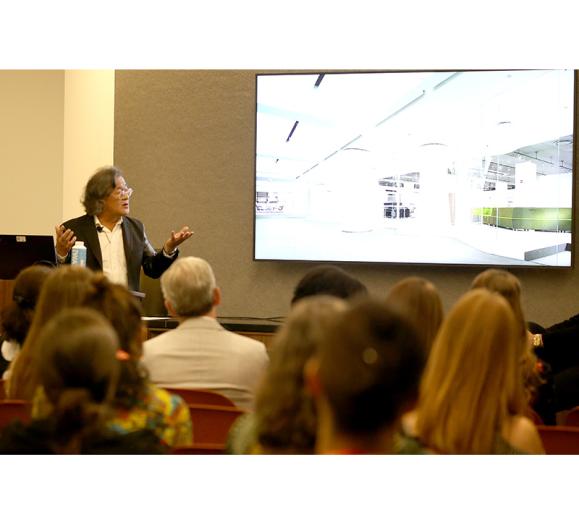One of the best parts of being in the Lighting Showroom Coalition Facebook group comes from reading the oddball questions and answers the associates and managers receive from customers. I worked at an ice cream store in high school and waited tables in college, so I can relate to the sheer bafflement that they must feel when they ask a customer how high her ceiling is and she replies, “About the height of two 12-year-olds standing on top of each other.”
That one cracked me up for days.
Suffice to say, we never quite know what consumers will throw at us or what they need from retailers and designers. Since internet adoption became widespread, those needs have shifted, and companies have become more digitally savvy, which pushed those expectations even more. In September 2017, IKEA released its own augmented reality app, and over the last year, Amazon has launched not one but three private label furniture collections — all offering free shipping and returns within 30 days of delivery. More than just about any other company, Amazon has influenced what consumers expect from retailers today — even if those expectations aren’t always realistic (more on that on page 20).
So for this issue — our grand January market issue — we asked consumers for their thoughts on furniture, lighting and interior design, and starting on page 58 with Kimberley Wray’s story on furniture, you can read our findings. She brought her research to furniture retailers across the country and compared their answers with her findings. Her reporting shows that what consumers want from furniture retailers has definitely shifted, but there are plenty of opportunities to engage consumers beyond price points.
I wrote the survey questions for the lighting and interior design surveys (Jennifer Pinto synthesizes the lighting results on page 64) and the story on the interior design results (page 70). One thing I noticed in the results of both categories was that even though showrooms and designers are sometimes perceived as being more expensive than online options, they can usually save customers money. They help them avoid costly mistakes like ordering the wrong down rod or replacing hardwood floors that just needed to be stained. None of this is news to retailers and designers, but it’s not something I see communicated through websites or social media often.
As you head to market and consider what to buy, I hope this research will help you think deeply about what service you are providing to your customers. I predict service — not product — will be the biggest competitive advantage to brick-and-mortar retailers this year, if only they listen to what their customers really need from them.
Photo: Unsplash user rawpixel







